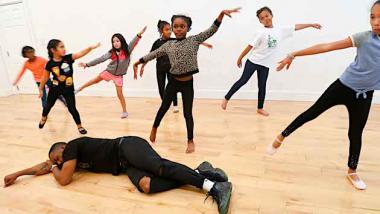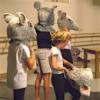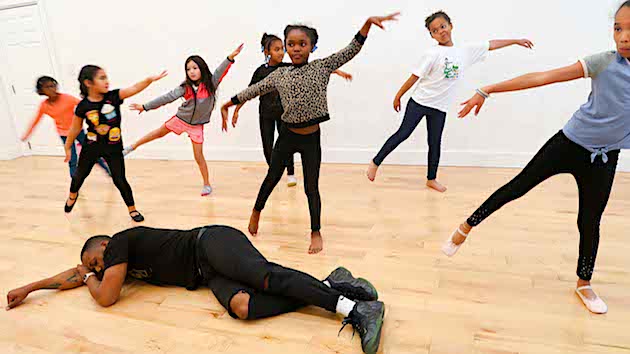
The sun sets in West Oakland, streaking the sky peach and purple as the whine of a BART train entering the station a few blocks away drones overhead. A line of cars queue in front of the Sullivan Community Center, resembling a carpool drop-off, but it’s not a school day, it’s Sunday afternoon and children filter into the Center to rehearse KOLA, an Afro-diasporic remix of The Nutcracker, presented by the People’s Conservatory.
Started by musician, choreographer, and teaching artist Rosalyn (Rozz) Nash, the People’s Conservatory brings arts education “for the people, about the people, by the people” into schools, reaching students in grades K–12. In its second year, TPC has scaled up, from five schools in 2018 to 10 today. Nash taught as the director of performing and visual arts at Roses in Concrete school, where she field-tested an integrated arts program that she wanted to take into more schools and served as a precursor to the People’s Conservatory. Nash said her mother was instrumental in getting her connected with dancing, singing, and practicing theater when she was growing up. After running arts programming in New York — throughout the Bronx, Queens, and Jersey — Nash returned home to California five years ago and began looking at how she could support young people here, and started the People’s Conservatory after seeing a gap in arts education for kids.
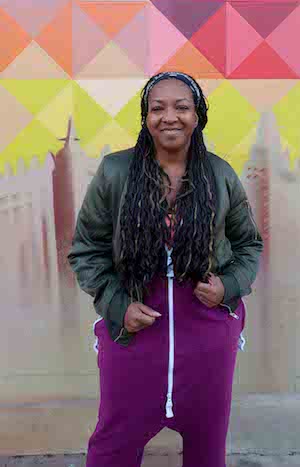
“As I moved into my adult life, I realized not everyone had access, because of socio-economic status or where they come from,” said Nash. “My goal is to provide arts programming for kids that don’t get it, mostly black and brown kids from lower-income neighborhoods.”
The People’s Conservatory focuses on bridging cultural literacy through the arts in Title 1 schools in Oakland with little to no arts programming. The curriculum is fashioned after and created for the students of a particular school rather than relying on a one-size-fits-all model. Nash defines cultural literacy as equipping young people with knowledge of self, including ancestry, indigeneity, culture, and dance their people created and contributed to the society.
“What is valued in the U.S. is Western-influenced dance and theater. I went to conservatory and studied Chekhov, ballet, and Tchaikovsky,” said Nash. “As a black kid, if you only see white idols, you start to think you’ll never measure up or be like them. I wanted to create a conservatory to find the beauty in black and brown — to start from the self and move outward.”
Enter KOLA. Oakland will premiere this production that re-envisions the Nutcracker through the African and Afro-Latinx lens, reflecting the lives of black and brown children in modern-day Oakland. 500-plus students from around Oakland and the East Bay bring their talents to the KOLA production, performing, composing, and through costume and set design. Originally, KOLA was billed as “the black Nutcracker” but Nash said that moniker didn’t quite fit. TPC didn’t want it to be a derivative work and it goes beyond a mere retelling of the Nutcracker from a different perspective. Instead, KOLA refers to the West African nut that at first taste is quite bitter but the aftertaste is sweet. It’s a metaphor for the African and Afro-Latinx struggle tied to the trans-Atlantic slave trade journey. Nash said it was paramount for them to tell a real story.
“We wanted to make a story that connected to us and our young people,” said Nash.
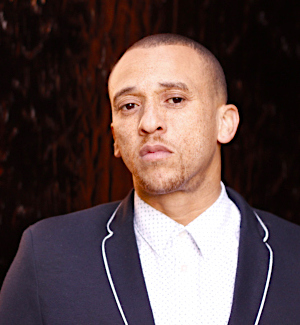
Local MC and poet RyanNicole, along with vocalist and songwriter Jennifer Johns, Nash, and pianist/MC/composer Kev Choice, set out first to write the story using their own experiences set beside the introductory scene in the Nutcracker — what is the reflection of a black family in Oakland? From there, they considered each scene, deliberating what kind of setting, artform, and style it was they were trying to bring to life and introducing music in a myriad of forms from jazz, gospel, Afro-Caribbean, R&B, and hip-hop ... even a remix of a beloved Nutcracker Tchaikovsky piece. They built KOLA from their own stories and at points, it mirrors moments in the Nutcracker.
KOLA tells the story of 13-year-old Nzingha, a girl who lives with her grandparents. Her mother, a gifted revolutionary, was treated badly by a group of people she trusted, and that sent her into trauma and subsequently she disappeared from Nzingha’s life. But her mother has a twin brother, Victor, who later transforms, in Act II, into the spirit Exu. Victor loves his sister and Nzingha, and he tells the girl about her mom and assures her that she will find herself. Nzingha goes on a search for her cultural roots, starting by returning to the Africa of centuries ago. She goes back in time and experiences other cultures, dance forms, music, and eventually finds her own rhythm. Part of that is connecting with candomblé, a religion that’s found in West Africa, Brazil, Cuba, and Haiti.
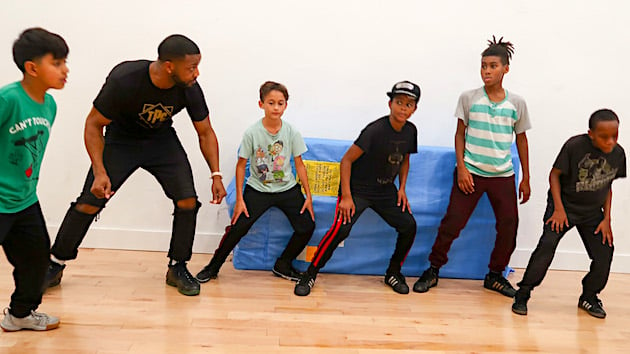
Makeda Booker and Amelinda Origunwa share the central role of Nzingha over the eight-performance run and see themselves in the character. They describe how they use movement to show Nzingha’s coming into her own as she starts out clumsy and unsure of herself and then comes into a sense of who she is with exact movements and an assertive walk that evokes her newfound confidence.
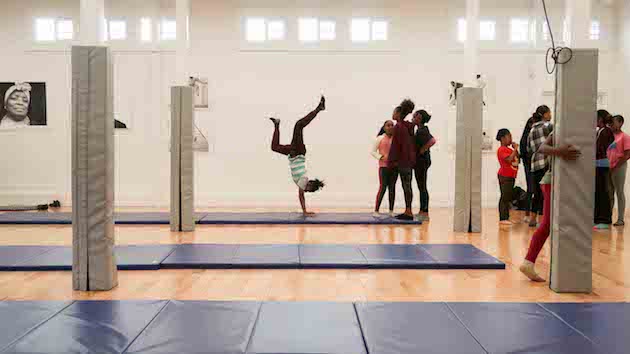
“She struggles to find her group and what she can give to those people. So, she stays by herself and within herself,” Booker said.
“I love to dance and can relate to how high school is hard to find friends and someone you genuinely connect with. It makes sense,” said Origunwa.
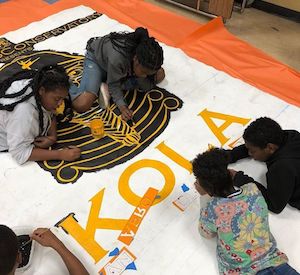
Nash points out that KOLA is full of ritual. “It’s a way to see yourself in this culture and see you’re not lost. Your language is not lost. That is a powerful experience when you’ve been stripped of your culture,” said Nash.
For diehard Nutcracker fans, glimpses of it are there if you know to look for them. There’s a dance of the snow babies, and a battle scene, except this time it features Exu and the Capoeira King. The story sonically unfolds through a jazz melody that evolves into a break beat for break dancers before transitioning into capoeira Brazilian beats. A remix of Tchaikovsky’s “Dance of the Sugar Plum Fairy” features lush drumming over the classical composition as dancers combine ballet with modern dance moves and cheerful claps and shouts.
“Everything is not a remix,” said Nash. In “looking at the African/Afro-Latinx canon in the U.S. we asked, ‘how can we pull from these traditions and interweave what can tell this story and make sense by looking into musical genres that speak to who we are as a people?’”
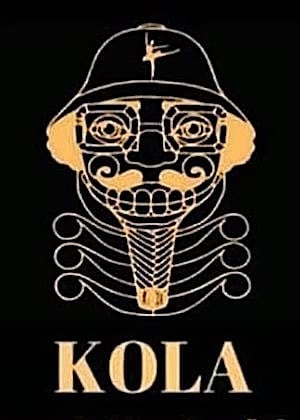
Fresh from his performance in Maze at Manhattan performing arts center The Shed, New York dancer James "Banks" Davis steps into the role of Victor/Exu, and also as a choreographer in KOLA. He said his hope for the kids participating in the performance is that they realize “every movement has a meaning. Every movement they do should have some intent behind it. Dance with a purpose. Dance with intent.”
Nash has high hopes for KOLA, all centered around connectivity: “There is no one way to do things. See how we are all connected — how our artforms come from each other — how we come from each other. Connectivity and community — that’s what the show is all about.”
KOLA will be running Dec.12–15 and 19–22 at Castlemont High School in Oakland. Get tickets for KOLA at the People’s Conservatory website.

